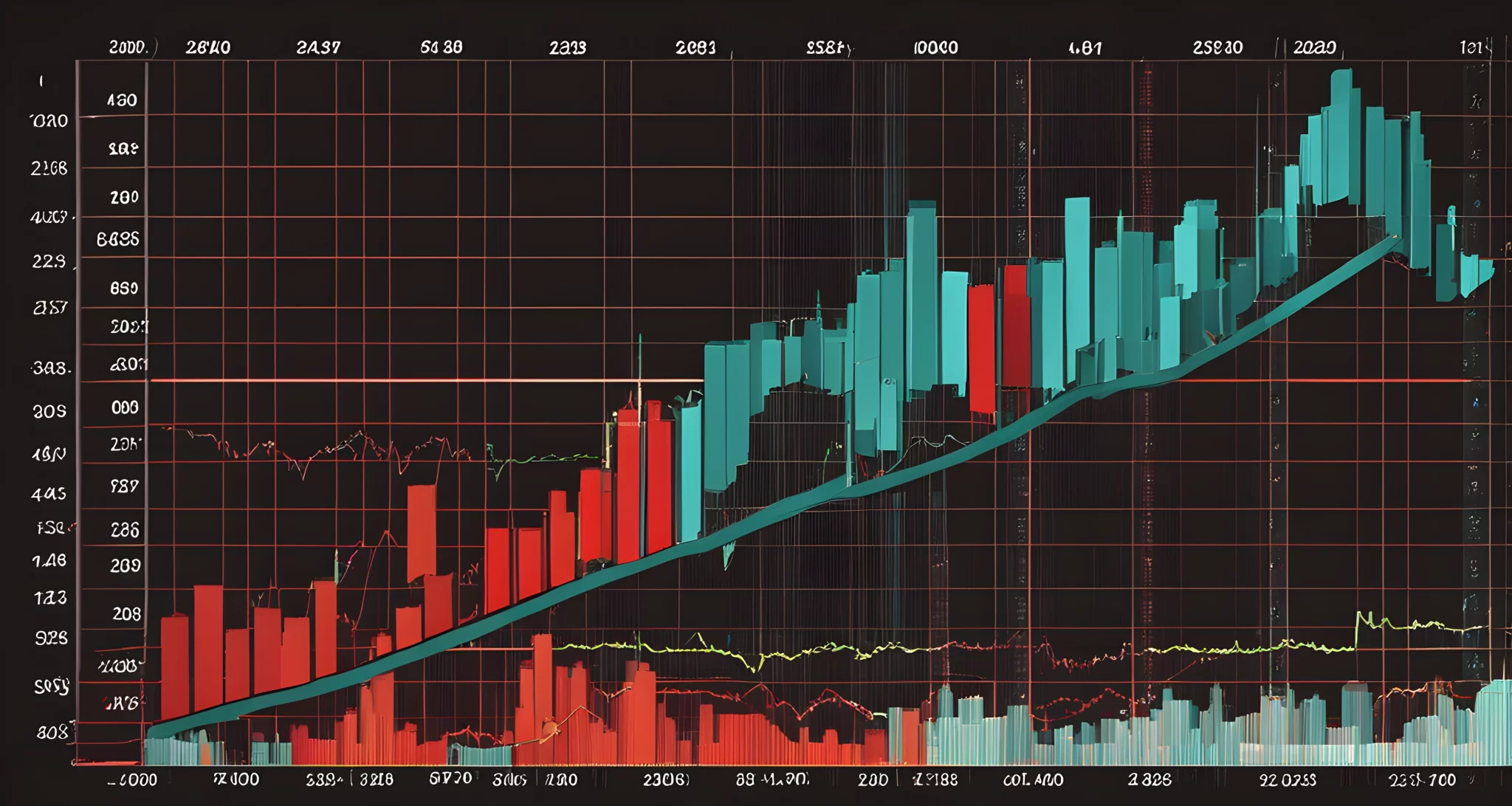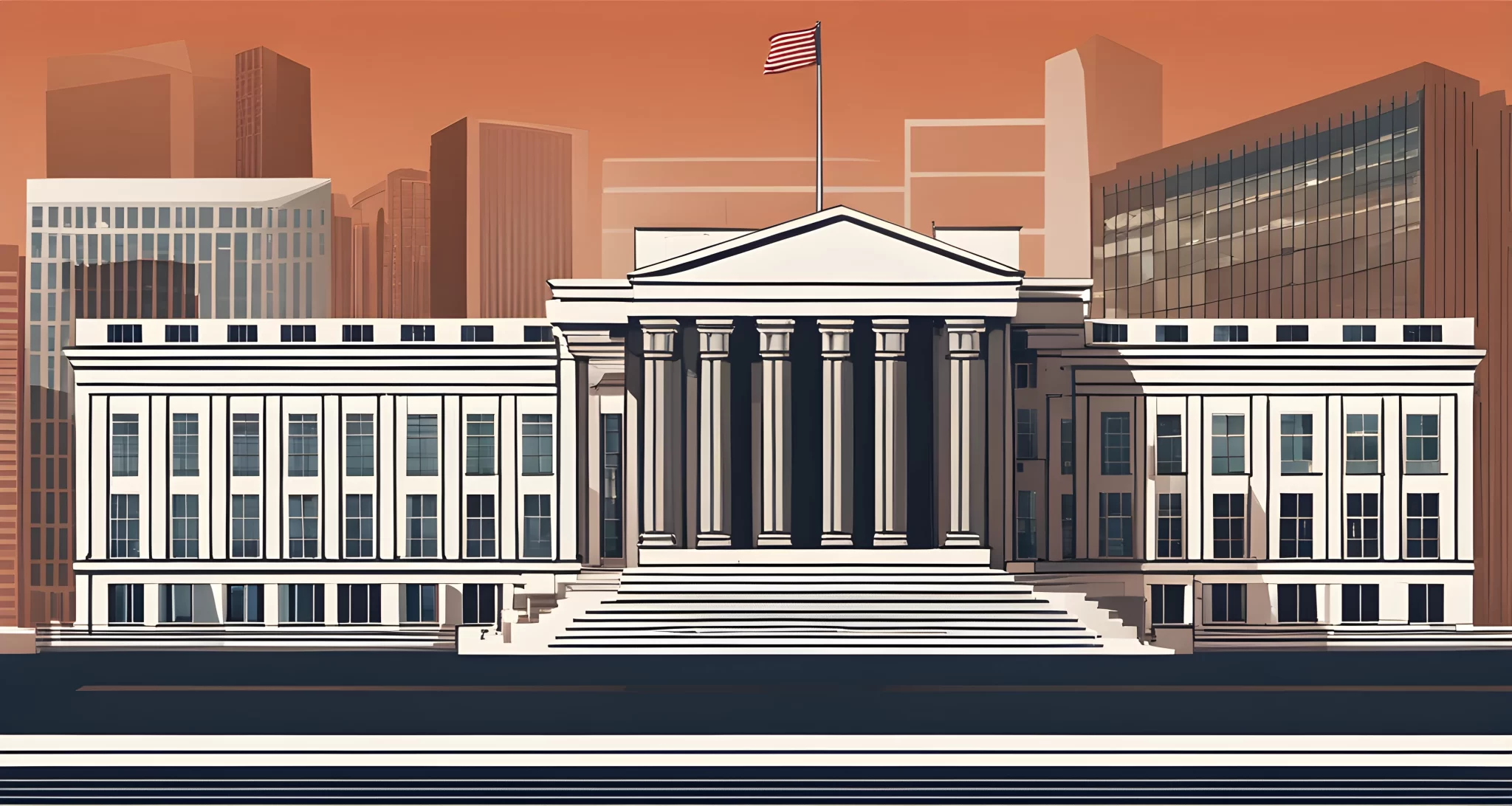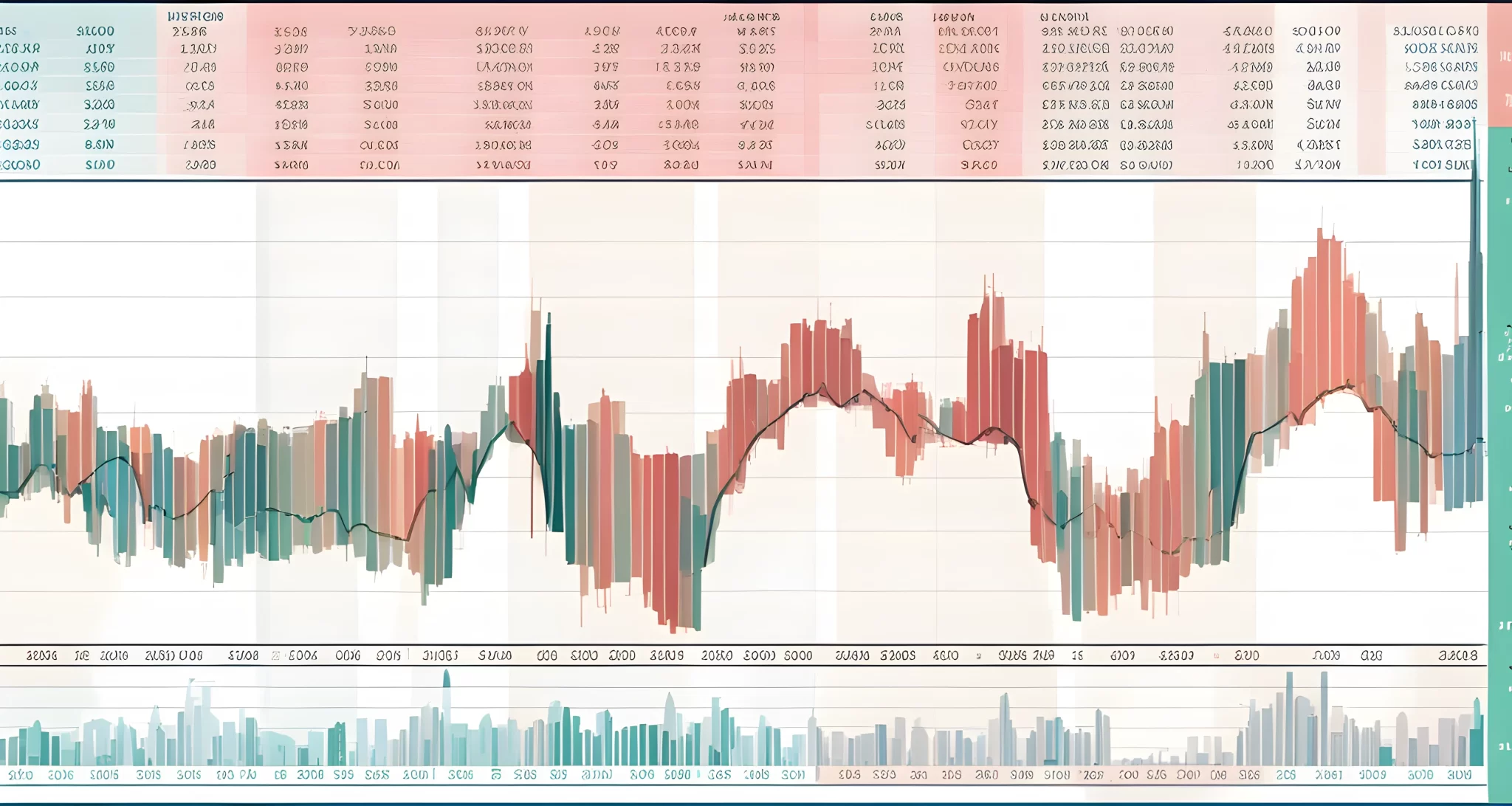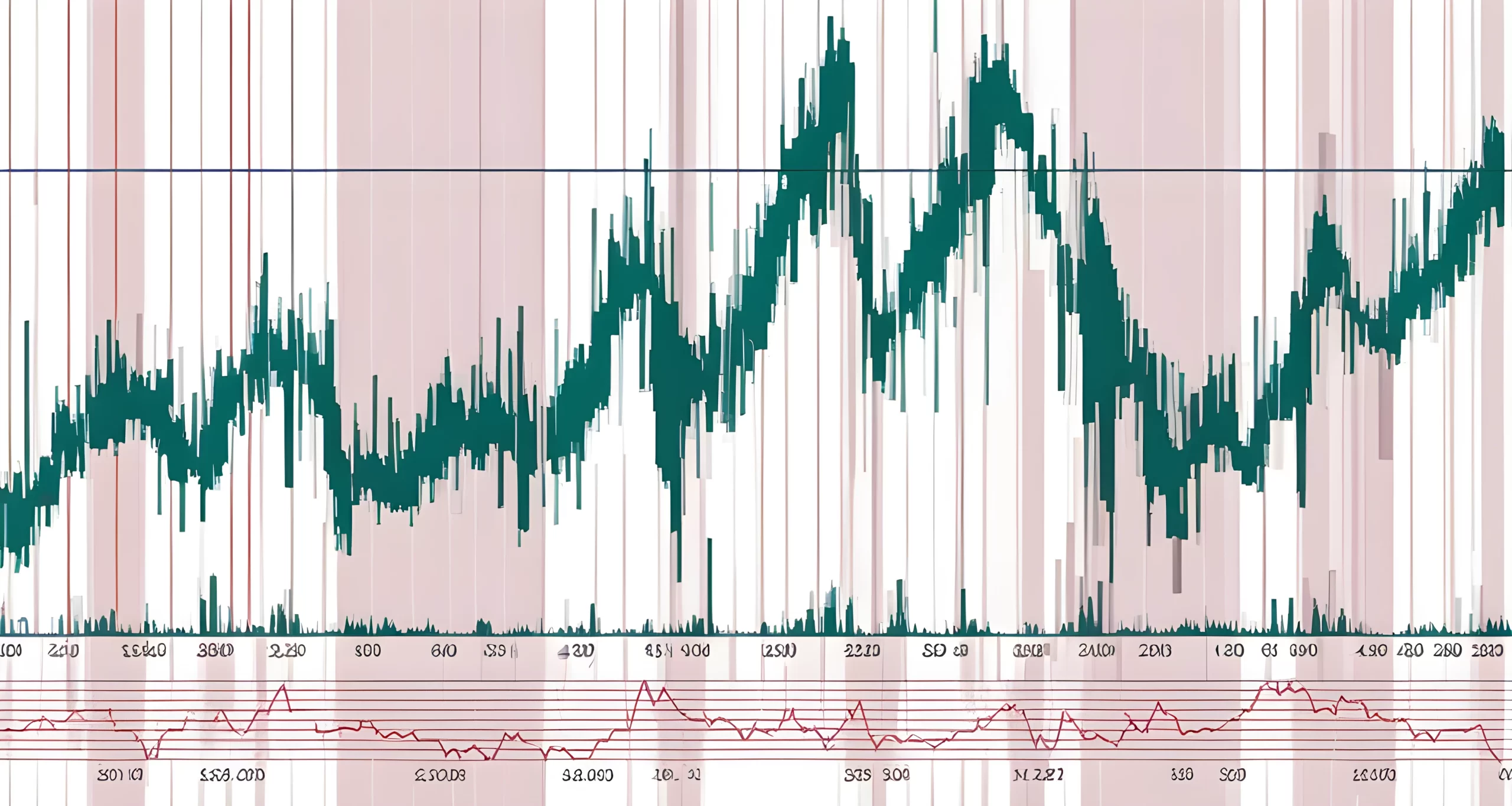Introduction
The 2008 financial crisis was a complex and multifaceted event that had far-reaching impacts on the global economy. It was a combination of various factors that ultimately led to the collapse of the housing market, excessive credit growth, and regulatory failures. While there were warning signs and predictions about the crisis, it was not entirely predictable or inevitable.
The crisis sent shockwaves through financial markets and had a profound effect on businesses and individuals alike. This period of economic turmoil brought into question the role of government and financial institutions in regulating and managing the economy. It also raised concerns about the stability of the global financial system as a whole.
The 2008 financial crisis is an important event to study as it provides valuable lessons about risk management, regulatory oversight, and the interconnectedness of global markets. By understanding the causes and consequences of this crisis, we can better prepare for and mitigate future economic downturns.
To put it into perspective, it’s essential to consider other significant events that have shaped history. For instance, events like the Phoenix Lights Event have captivated the public’s imagination, sparking debates and discussions about the unknown and unexplained. Similarly, the 2008 financial crisis has left a lasting impact on the world, prompting us to delve deeper into its causes and implications.
As we delve into this article, we will explore in detail the various factors that contributed to the 2008 financial crisis, the role of government and financial institutions, its impact on economies around the world, and the lessons learned from this tumultuous period in history.

The Causes of the Financial Crisis
The housing market bubble, which began in the early 2000s, was fueled by low interest rates, lax lending standards, and the proliferation of subprime mortgages. As housing prices rose, more people invested in the market, and the bubble grew. However, when the bubble burst, housing prices plummeted, and the value of these investments became worthless. This led to a sharp decline in housing construction and a significant increase in foreclosures, which further exacerbated the crisis.
Low Interest Rates
- Low interest rates encouraged borrowing and speculative investing in real estate.
- This led to a surge in demand for housing and inflated prices.
Lax Lending Standards
- Financial institutions relaxed lending standards, allowing individuals with poor credit to obtain mortgages.
- Subprime mortgages became widespread, leading to a high risk of default.
Proliferation of Subprime Mortgages
- Subprime mortgages were offered to borrowers with low credit scores or little to no documentation of their income.
- The high default rates on these mortgages contributed to the collapse of the housing market.
The combination of these factors created an unsustainable environment within the housing market. The link between low interest rates, lax lending standards, and subprime mortgages ultimately set the stage for a catastrophic financial crisis. To delve deeper into the controversial issues surrounding financial institutions during this time period, take a look at this insightful analysis on Opus Dei controversy analysis.

The Role of Government and Financial Institutions
The rapid growth of credit, particularly in the form of subprime mortgages, played a significant role in the 2008 financial crisis. This growth was fueled by the securitization of these mortgages, which allowed banks to package and sell them as investments. This process, known as credit expansion, created a false sense of security and encouraged more borrowing and spending, further fueling the bubble.
Government Policies
- Deregulation: The government’s deregulation policies in the financial sector allowed for risky lending practices to go unchecked. This lack of oversight contributed to the creation and eventual collapse of the housing bubble.
- Moral Hazard: Government bailouts of failing financial institutions created a moral hazard by insulating them from the consequences of their risky behavior. This encouraged irresponsible risk-taking and contributed to the severity of the crisis.
Financial Institutions
- Securitization: Financial institutions played a key role in the securitization of subprime mortgages, which spread risk throughout the financial system. However, when these mortgages began to default, it led to widespread losses and panic within the financial industry.
- Lack of Transparency: Many financial institutions engaged in complex and opaque financial transactions, making it difficult for regulators and investors to assess their true risk exposure. This lack of transparency exacerbated the crisis as it was difficult to gauge the extent of the problem.
The impact of these factors led to a collapse in confidence in both government oversight and financial institutions. The resulting panic caused a domino effect that reverberated throughout the global economy, leading to widespread job losses, home foreclosures, and a severe recession.
The lessons learned from this crisis have prompted regulatory reforms aimed at increasing transparency and accountability within the financial sector. However, it is crucial for both government and financial institutions to remain vigilant in order to prevent a similar crisis from occurring in the future.
For more information on how false sense of security can impact societal behavior, check out Examining false recollections.
In conclusion, it is evident that both government policies and financial institutions played pivotal roles in the buildup and eventual collapse of the 2008 financial crisis. It is imperative for both entities to learn from past mistakes and take proactive measures to prevent such a catastrophic event from happening again.

The Impact of the Financial Crisis
The 2008 financial crisis had a profound impact on the global economy, leading to widespread repercussions that are still felt today. The crisis not only resulted in a significant economic downturn but also had far-reaching effects on individuals, businesses, and governments around the world.
Economic Downturn
- The crisis triggered a severe recession, causing a substantial decline in economic activity and widespread job losses.
- Stock markets plummeted, wiping out trillions of dollars in wealth and eroding retirement savings and investments.
Housing Market Collapse
- The housing market collapse led to a surge in home foreclosures, leaving many homeowners without a place to live and exacerbating the ongoing financial turmoil.
Government Bailouts
- To prevent a complete meltdown of the financial system, governments around the world were forced to intervene with massive bailouts for major banks and financial institutions.
- These interventions resulted in significant government debt and strained public finances for years to come.
Regulatory Failures
- Regulatory failures played a significant role in the crisis. The Federal Reserve and the Securities and Exchange Commission failed to adequately monitor and regulate the banking sector, allowing the growth of the housing bubble and the proliferation of subprime lending.
- The lack of effective regulation allowed risky financial practices to go unchecked, ultimately leading to the collapse of major financial institutions.
The impact of the 2008 financial crisis was profound, reshaping the global economic landscape and leading to widespread hardship for millions of people. It also served as a wake-up call for policymakers and regulators, highlighting the need for more robust oversight of financial markets to prevent similar crises in the future.
For more information on public health crises, such as those caused by regulatory failures, check out Healthcare emergency.

The Aftermath and Lessons Learned
The aftermath of the financial crisis was widespread and long-lasting. It led to a deep recession, causing job losses, home foreclosures, and a significant decline in economic activity. The crisis also had a global impact, affecting financial institutions and economies around the world.
Global Impact
- Financial institutions and economies around the world were affected by the crisis.
- The global impact of the crisis led to widespread economic turmoil and uncertainty.
Efforts to Reform
- In the wake of the crisis, there were efforts to reform the financial system and prevent similar events from occurring in the future.
- CERN alternate realm access Lessons were learned about the importance of effective regulation and the dangers of unchecked credit growth.
- Government and financial institutions took steps to implement stricter regulations and oversight to prevent another crisis.
Long-lasting Effects
- The effects of the financial crisis were long-lasting, with many individuals and families still feeling its impact today.
- It caused a significant decline in economic activity, leading to ongoing challenges for businesses and consumers.
Importance of Regulation
- The crisis highlighted the importance of effective regulation in preventing financial instability.
- There was a growing recognition of the need for oversight to ensure that credit growth was sustainable and not excessive.
In conclusion, the aftermath of the 2008 financial crisis left a lasting impact on economies around the world. Efforts were made to reform the financial system and prevent similar events from occurring in the future. Lessons were learned about the importance of effective regulation and oversight, as well as the dangers of unchecked credit growth. The global impact of the crisis served as a reminder of the interconnectedness of financial markets and the need for responsible governance.
FAQ
What were the main factors contributing to the 2008 financial crisis?
The 2008 financial crisis was characterized by a combination of factors, including the housing market bubble, excessive credit growth, and regulatory failures.
How did the housing market bubble contribute to the crisis?
The housing market bubble was fueled by low interest rates, lax lending standards, and the proliferation of subprime mortgages, leading to a sharp decline in housing construction and a significant increase in foreclosures.
What role did the rapid growth of credit play in the crisis?
The rapid growth of credit, particularly in the form of subprime mortgages, created a false sense of security and encouraged more borrowing and spending, further fueling the housing market bubble.
How did regulatory failures contribute to the crisis?
Regulatory failures, including the federal reserve’s inadequate monitoring and regulation of the banking sector and the sec’s ineffective enforcement, allowed the growth of the housing bubble and the proliferation of subprime lending.
